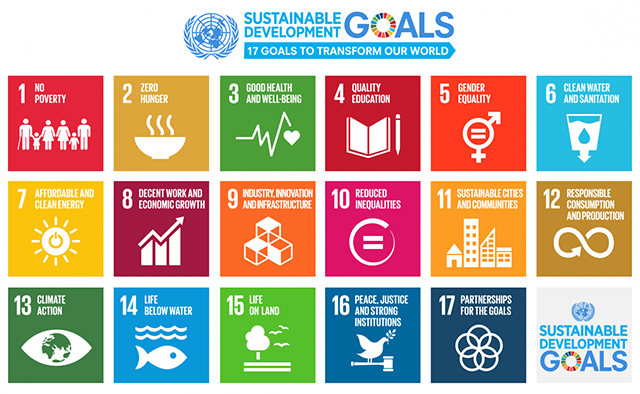A tool for achieving the Sustainable Development Goals
![]()
Science diplomacy—the convergence of science, foreign affairs, and policy—has become an essential lever for addressing contemporary global challenges. This concept relies on three main dimensions: science for diplomacy, diplomacy for science, and science as a tool for international collaboration. This approach aligns particularly well with the Sustainable Development Goals of the UN and the missions of the European Union, which aim to tackle global issues such as water issues, climate change, poverty, access to education, and public health.
What is science diplomacy?
Science diplomacy is an interdisciplinary field that leverages science to foster international cooperation, resolve conflicts, and strengthen multilateral relations. It manifests in three ways:
- Science for diplomacy: using scientific research as a bridge between nations, even when diplomatic relations are strained.
- Diplomacy for science: mobilizing diplomatic efforts to facilitate cross-border scientific cooperation.
- Science in diplomacy: incorporating scientific knowledge into diplomatic decision-making processes.

Those purposes align with the United Nations' 2030 Agenda, which outlines 17 interconnected SDGs. Here are some examples of how science diplomacy integrates with these goals:
- SDG 13: Climate Action — Transnational climate research projects, such as the Intergovernmental Panel on Climate Change (IPCC), illustrate the importance of science diplomacy in developing common strategies to combat global warming.
- SDGs 14 and 15: Life Below Water and Life on Land — Scientific collaboration on biodiversity conservation and sustainable resource management relies on multilateral diplomatic agreements.
- SDG 16: Peace, Justice, and Strong Institutions — Science fosters, creates and maintains apolitical collaborative relations between nations by addressing shared challenges through evidence-based solutions.
- SDG 17: Partnerships for the Goals — Science diplomacy is vital for building strategic partnerships among governments, universities, research institutions, and NGOs.
Science diplomacy in the EU agenda
The European Union also recognizes the potential of science diplomacy in its foreign affairs strategies. Framework programs for research and innovation, such as Horizon Europe, explicitly include science diplomacy initiatives to:
- Support access to clean and affordable energy (SDG 7).
- Strengthen cross-border research infrastructures, such as CERN or ESA.
- Promote education and scientific mobility through Erasmus+ and Marie Skłodowska-Curie Actions.
- Fund under Horizon 2020 programme science diplomacy projects.
One notable example of science diplomacy within the European Union is the EU Science Diplomacy Alliance. Launched in 2021, this collaborative initiative brings together partner organizations from three Horizon 2020 projects dedicated to science diplomacy: EL-CSID, S4D4C, and InsSciDE. The Alliance aims to promote cooperation, knowledge exchange, capacity building, and innovation in the field of science diplomacy across Europe. It facilitates interactions and dialogue, training programs, institutional capacity building, and coordination for securing funding or pooling resources where needed.
Furthermore, the EU emphasizes scientific dialogue in its external relations, particularly with countries in the Global South, to promote sustainable development and equal opportunities.
Challenges and perspectives
Despite its advantages, science diplomacy is not without challenges:
- Resource asymmetry: developing countries may lack the necessary infrastructure to fully benefit from scientific partnerships.
- Politicization of science: scientific issues, such as climate change, sometimes become subjects of ideological debate, complicating cooperation.
Nevertheless, the outlook remains positive. Initiatives such as UNESCO’s Coalition for Climate Solutions or the EU’s “100 Climate-Neutral Cities” Mission demonstrate that science diplomacy can catalyze large-scale change.
Science diplomacy is deeply embedded in achieving the SDGs, placing science at the service of the common good. By fostering dialogue, cooperation, and innovation, it enables a collaborative approach to global challenges. The commitment of the United Nations and the European Union in this field illustrates their determination to build a more sustainable future through evidence-based solutions and global partnerships.


